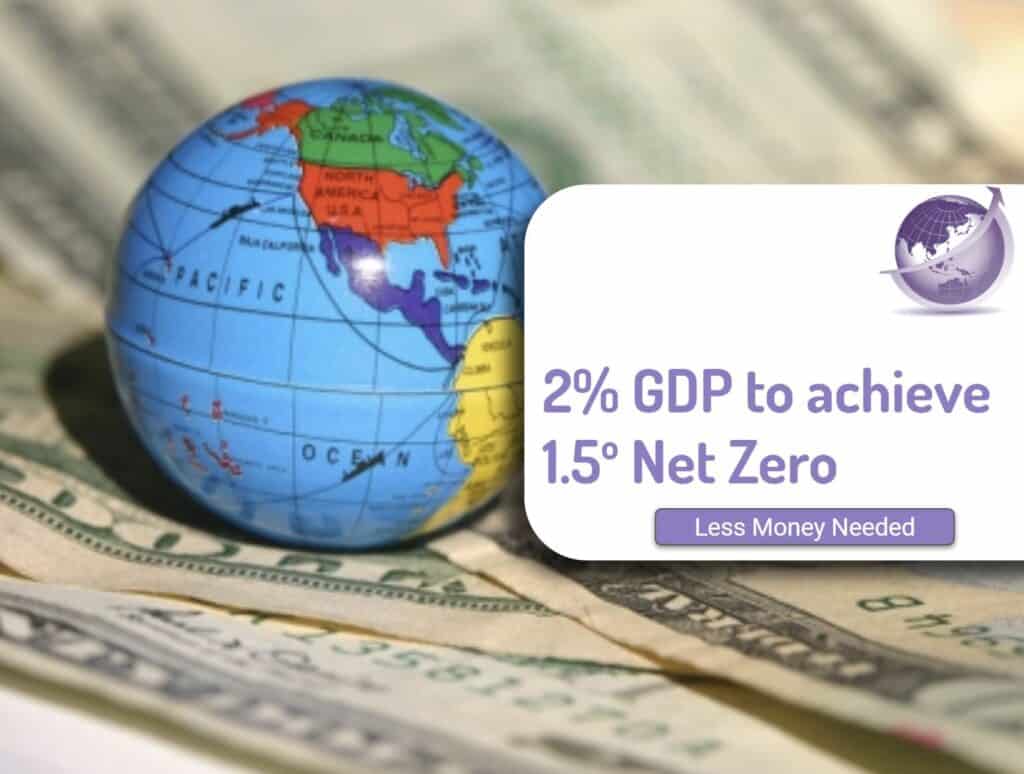Research shows mistrust in science increasing over the past decades. Mistrust is driven by political polarization. It is amplified by partisan media and social media algorithms. Mistrust spreads with increasing misinformation, with variation observed across age, rural vs. urban populations, and political affiliations [3, 4, 5, 6, 8, 27]. Political ideology is the critical determinant of science trust. Conservatives and authoritarian-aligned individuals are more likely to distrust scientific information. They particularly distrust climate change and vaccine science. Meanwhile liberals trust science and follow science recommendations.
Mistrust in Science Increasing over past 50 Years
During the past 50 years, trust in science fell four times. It went from 40% a “great deal of trust” to less than 5% if you are politically conversative. If extremely liberal, your trust was not much changed.

Key Findings
1. Drivers of Mistrust in Science
- Political Ideology as a Core Driver.
Conservatism, authoritarianism, and religiosity strongly predict distrust in science, particularly in fields like climate change and healthcare, while liberal trust in science (e.g., among Democrats) has grown, contributing to polarization [3, 7, 19, 26]. - Perceptions of Scientists as Elitists.
Right-wing perceptions of scientists as elitists or politically liberal reduce trust, influencing vaccine skepticism and opposition to policies supported by science [10, 22]. - Epistemological Populism.
Many defer to “alternative experts” or pseudoscience due to distrust in traditional institutional authority and perceived overreach of science into politics or morality [2, 12, 24].
2. Role of Media and Influencers
- Media Amplification of Polarization.
Partisan media (e.g., Fox News among conservatives) disproportionately shapes beliefs about science, while liberal audiences rely more on mainstream media [8, 13]. Misinformation, particularly around COVID-19, thrives on platforms like Facebook and Twitter due to algorithmic prioritization of sensational content [4, 5, 27]. - Influencer Dynamics.
Political elites (e.g., Donald Trump) strongly influenced rapid declines in trust (e.g., in the CDC during COVID-19) among their audiences [6, 27]. Local influencers—more common in rural contexts—reshape scientific narratives through cultural or ideological lenses [2, 14].
3. Demographic Variations
- Age Differences.
Younger populations tend to trust climate science more but often question traditional medical systems; older individuals, especially conservatives, are more vulnerable to media-driven misinformation [5, 18]. - Urban vs. Rural.
Urban residents are exposed to more diverse scientific discourse but exhibit “science fatigue,” while rural audiences often rely on local influencers and emphasize distrust in “elite” science disconnected from their realities [11, 23, 28]. - Intersectionality
Sociodemographic factors like education, income, and race intersect with political polarization, compounding distrust in specific communities [3, 16, 24].
4. Social Media and Misinformation
- Social Media Echo Chambers
Algorithms favor engagement-driven polarizing content, deepening mistrust and spreading misinformation, especially during crises like COVID-19 [15, 27]. Users skeptical of traditional sources increasingly rely on social media for alternative “scientific” narratives, perpetuating misinformation [5, 25]. - Infodemic Dynamics
COVID-19 misinformation further eroded institutional trust, with Republicans disproportionately rejecting health guidance [20, 23, 27].
5. Field-Specific Trends
- Climate Science.
Conservatives exhibit skepticism fueled by partisan media and belief systems framing climate science as economically threatening [8, 3]. - Healthcare.
COVID-19 undermined trust most acutely among Republicans; vaccine resistance was linked to alignment with right-wing ideology [6, 19, 22]. - Technology.
Distrust extends to emerging fields like AI/tech due to privacy concerns, although this is less polarized compared to public health and climate [4, 18].
Implications of Mistrust in Science Increasing
- Mistrust in science stems largely from media and ideologically-driven narratives, exacerbated by structural media changes (social media, partisan fragmentation) and perceptions of scientists as elite actors.
- Effective interventions must target tailored demographic and contextual drivers—e.g., improving media literacy in older populations, engaging local influencers in rural areas, and addressing ideological fears of science’s political alignment.
Timeline for Distrust in Science
- 2010–2020: Focused primarily on polarization, structural media shifts, and ideological alignment. Broadly explored climate and vaccine trust dynamics.
- 2020–2023: COVID-19 spotlighted pandemic-specific factors (infodemics, elite cues) as well as cross-country and computational insights. Emerging focus on relational trust intersections (age, geography, elite perceptions).
- Growing emphasis on the interplay of misinformation ecosystems, demographic nuance, and cross-disciplinary skeptical mindsets.
More Reading
[1] How partisan polarisation drives the spread of fake news – Brookings Institution. This study examines how political polarisation influences the sharing of fake news on social media platforms, showing how partisan affiliations play a significant role in misinformation dissemination. https://www.brookings.edu/articles/how-partisan-polarization-drives-the-spread-of-fake-news/
[2] Misinformation is eroding the public’s confidence in democracy – Brookings Institution. This article links the spread of misinformation, particularly through social media, to declining trust in democratic processes and the scientific community, highlighting the role of political polarisation. https://www.brookings.edu/articles/misinformation-is-eroding-the-publics-confidence-in-democracy/
[3] Trust in science is becoming more polarised, survey finds – University of Chicago News. A growing divide in confidence in science and medicine between Democrats and Republicans. Political polarisation significantly affects trust in scientific findings. https://news.uchicago.edu/story/trust-science-becoming-more-polarized-survey-finds
[4] Coronavirus misinformation and the political scenario: the science cannot be ‘another’ barrier – PMC. Political polarisation contributes to the spread of misinformation during the COVID-19 crisis and lead to increased mistrust in scientific advice and policy. https://pmc.ncbi.nlm.nih.gov/articles/PMC7508638/
[5] Trust and Mistrust in Americans’ Views of Scientific Experts – Pew Research Center. Partisan divide in trust towards scientists, particularly in environmental science, with political ideology influencing perceptions of scientific credibility. https://www.pewresearch.org/science/2019/08/02/trust-and-mistrust-in-americans-views-of-scientific-experts/
Polarisation
[6] How The American Media Landscape is Polarizing the Country – The Pardee Atlas Journal of Global Affairs. Partisan media and social media algorithms contribute to polarisation, impacting trust in science by spreading misinformation tailored to political beliefs. https://sites.bu.edu/pardeeatlas/advancing-human-progress-initiative/back2school/how-the-american-media-landscape-is-polarizing-the-country/
[7] Model uncertainty, political contestation, and public trust in science: Evidence from the COVID-19 pandemic – Science.org. This research looks at how political contestation affects trust in scientific models during the COVID-19 crisis, showing how polarisation leads to scepticism about scientific consensus. https://www.science.org/doi/10.1126/sciadv.abd4563
[8] Polarisation of public trust in scientists between 1978 and 2018 – Cambridge Core. Over time, there’s been a noted polarisation in trust towards scientists, with political ideology increasingly determining confidence levels in scientific expertise. https://www.cambridge.org/core/journals/politics-and-the-life-sciences/article/polarization-of-public-trust-in-scientists-between-1978-and-2018/CBFF70930134DB76EDF9736B46DB22FA
[9] Why Do So Many Americans Distrust Science? – University of Kansas Medical Center. This piece discusses historical and contemporary factors leading to distrust in science, emphasising the role of misinformation spread through social media and political polarisation. https://www.kumc.edu/communications/about/publications/kansas-medicine-and-science/spring-summer-2023/why-do-so-many-americans-distrust-science.html
[10] Partisan Polarization Is the Primary Psychological Motivation behind Political Fake News Sharing on Twitter – Cambridge University Press. This study directly connects the act of sharing fake news with partisan polarisation, showing how this behaviour erodes trust in science and credible information sources. https://www.cambridge.org/core/journals/american-political-science-review/article/abs/partisan-polarization-is-the-primary-psychological-motivation-behind-political-fake-news-sharing-on-twitter/
[11] Lee, S., Jones-Jang, S. M., Chung, M., Lee, E. W. J., & Diehl, T. (2024). Examining the role of distrust in science and social media use: Effects on susceptibility to COVID misperceptions with panel data. Mass Communication & Society, 27(4), 653–678. https://doi.org/10.1080/15205436.2023.2268053









